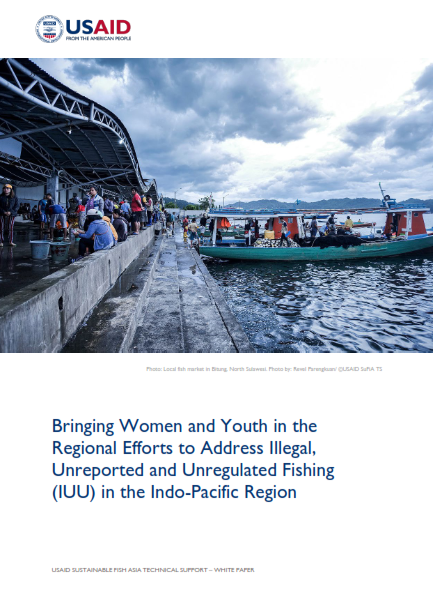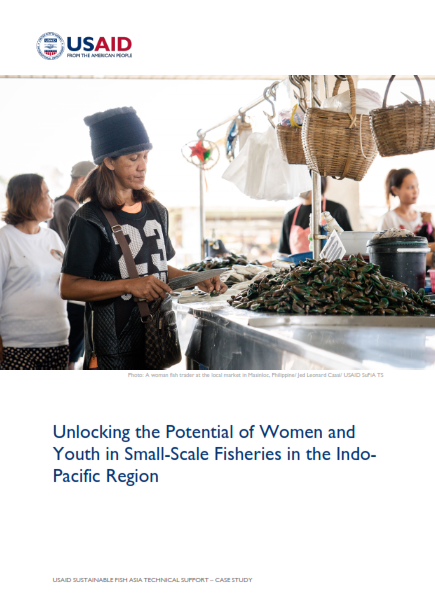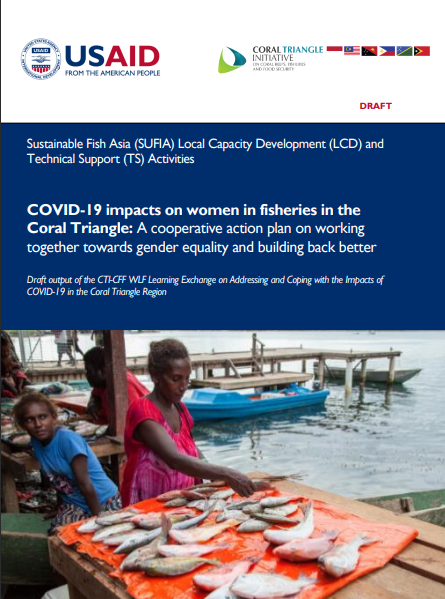CTI-MEDS Software Enables Local Officials to Visualize Vulnerabilities of Fisheries to Climate Change Impacts
 Thirty-six representatives from local government units (LGUs), universities, development partners, and NGOs in the Philippines and Timor-Leste tested a software designed to help them visualize vulnerabilities of fisheries to climate change impacts. The Coral Triangle Initiative Map-Enhanced Decision Support (CTI-MEDS) project organized the workshop from April 29-30, 2013 at ADB Headquarters in Manila.
Thirty-six representatives from local government units (LGUs), universities, development partners, and NGOs in the Philippines and Timor-Leste tested a software designed to help them visualize vulnerabilities of fisheries to climate change impacts. The Coral Triangle Initiative Map-Enhanced Decision Support (CTI-MEDS) project organized the workshop from April 29-30, 2013 at ADB Headquarters in Manila.
The computer-based software, which is called CTI-MEDS, is made up of two platforms - a scoring facility and a mapping and adaptation strategies facility. It was developed by Mr. Reniel Cabral of the University of the Philippines Marie Science Institute (UP-MSI) and colleagues. The software uses the framework of the Tool for Understanding Resilience of Fisheries or TURF.
TURF assesses the vulnerability of fisheries to climate change impacts, particularly to wave exposure and storm surge. On the other hand, CTI-MEDS uses automated scoring for easy data analysis and maps for easy visualization of the results.
The introduction of the CTI-MEDS software is timely since the fisheries sector is among the most severely affected by impacts of climate change. Dr. Cesar Villanoy showed that sea level rise, increased sea surface temperature, and intensified storms have a huge effect on oceans and fisheries.
By using the software, local governments can visualize the vulnerabilities, potential impacts, and exposures of all the barangays in a municipality. It can also help prepare communities by allowing users to build their own library of adaptation strategies.
Team Leader Ms. Abbie Trinidad added that the software has been designed to work with the extent of fisheries data in the Philippines. "CTI-MEDS is scientifically rigorous yet easy enough to be carried out by practitioners and LGU officials," she said. Most VA tools and approaches that have been developed are geared for national scale comparison. Others are highly technical or would need a lot of support from experts. Although CTI-MEDS still requires some supervision from experts, their support would focus more on consolidating and interpreting the data for the VA.
At the end of the workshop each participant received the CTI-MEDS software which contained the User’s Manual, the Case Studies; and Library of Adaptation Options. In addition, all exposure maps for the Philippines and Timor-Leste were fully embedded in the CTI MEDS software.
Caption: Participants to the CTI-MEDS software in Manila Credit: ADB KM for CTI Project




